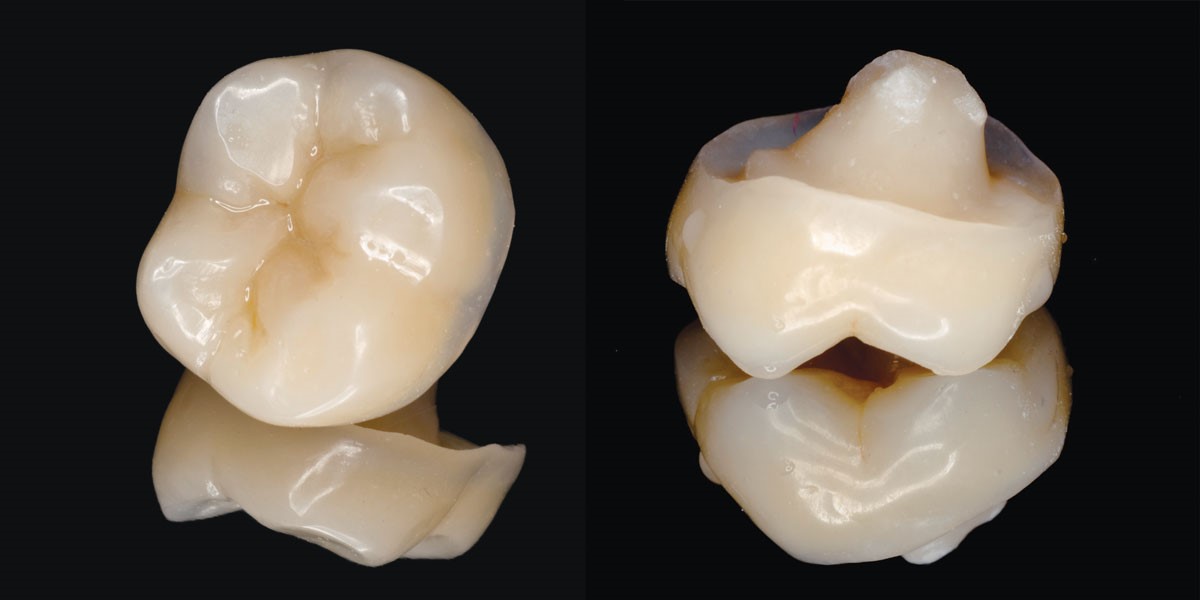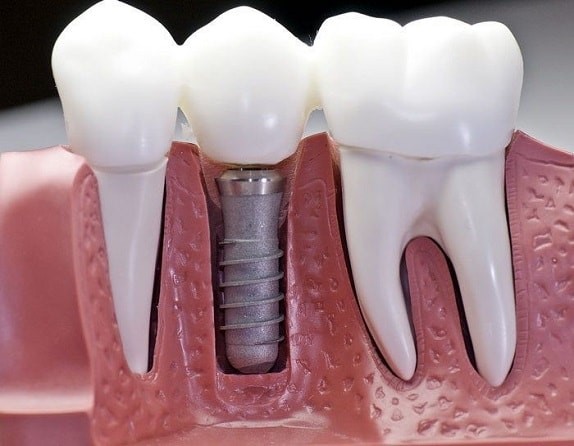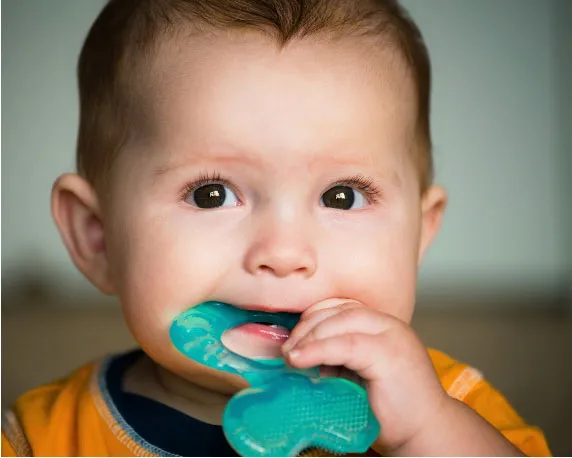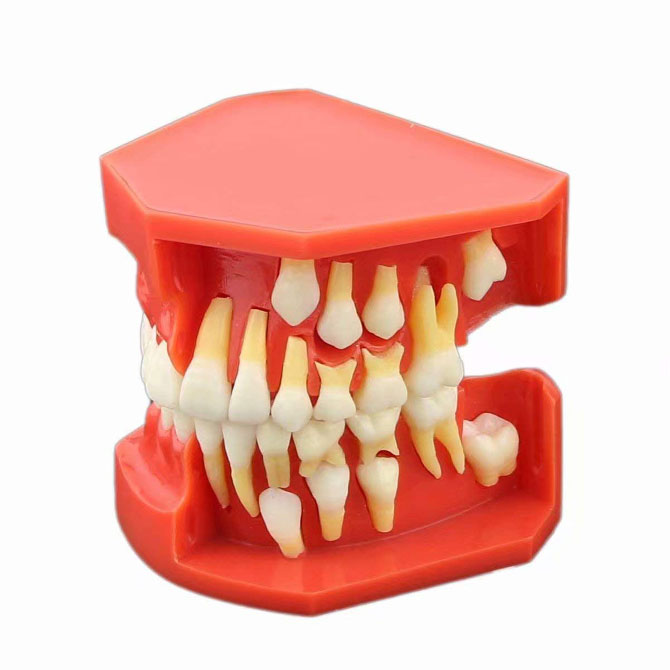Balancing Comfort and Safety for Young Smiles
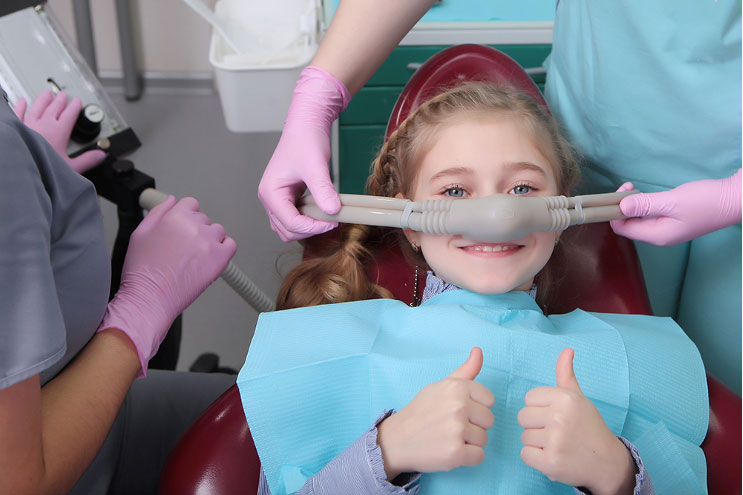
Sedation in Pediatric Dentistry: Balancing Comfort and Safety for Young Smiles
Pediatric dentistry extends beyond traditional dental care, often requiring thoughtful approaches to address the unique needs of young patients. This exploration delves into the world of sedation in pediatric dentistry, examining the considerations, types of sedation, safety measures, and the delicate balance between ensuring comfort and prioritizing the well-being of children during dental procedures.

the Need for Sedation in Pediatric Dentistry
Challenges in Pediatric Dental Care
1. Dental Anxiety and Fear: Children may experience dental anxiety and fear, making it challenging to conduct necessary dental procedures.
2. Complexity of Pediatric Procedures: Certain dental treatments, such as restorative work or extractions, may require extended periods of stillness, posing challenges for young, active patients.
Goals of Sedation in Pediatric Dentistry
1. Reducing Anxiety: Sedation aims to alleviate anxiety and create a calm environment for young patients, facilitating effective dental care.
2. Enhancing Cooperation: Sedation helps improve a child's ability to cooperate during dental procedures, allowing for more efficient and comprehensive treatment.
Types of Sedation Used in Pediatric Dentistry
Nitrous Oxide (Laughing Gas)
1. Mild Sedation: Nitrous oxide provides mild sedation, inducing a state of relaxation without rendering the child unconscious.
2. Administration Method: Administered through a mask, nitrous oxide is easily adjusted for different levels of sedation.
Oral Conscious Sedation
1. Medication Administration: Oral sedatives, often in liquid or pill form, are administered to induce a deeper level of sedation while keeping the child conscious.
2. Cooperation Level: The child remains responsive but is less aware of the dental procedure, promoting cooperation.
Intravenous (IV) Sedation
1. Deeper Sedation: Administered through an IV, this form of sedation induces a deeper level of relaxation.
2. Close Monitoring: Requires close monitoring by a trained anesthesiologist or dentist, ensuring safety during the procedure.
General Anesthesia
1. Unconscious State: General anesthesia renders the child completely unconscious, allowing for extensive dental procedures.
2. Hospital Setting: Typically administered in a hospital setting with the assistance of an anesthesiologist.
Safety Measures and Considerations in Pediatric Sedation
Patient Evaluation and Medical History
1. Thorough Assessment: Before administering sedation, a comprehensive evaluation of the child's medical history and current health status is crucial.
2. Communication with Parents: Clear communication with parents is essential to gather relevant information and address any concerns.
Monitoring During Sedation
1. Continuous Monitoring: Throughout the sedation process, the child's vital signs, including heart rate and oxygen saturation, are continuously monitored.
2. Emergency Preparedness: Dental professionals undergo training in emergency protocols to address any unforeseen complications during sedation.
Appropriate Dosage and Administration
1. Individualized Approach: Dosages are tailored to each child's specific needs, considering factors such as age, weight, and medical history.
2. Titration: Dosages are titrated carefully to achieve the desired level of sedation while minimizing risks.

Sedation in Different Pediatric Age Groups
Toddlers and Preschoolers
1. Behavior Guidance Techniques: For the youngest patients, behavior guidance techniques, including the tell-show-do approach, are often employed before considering sedation.
2. Nitrous Oxide as a First Option: Nitrous oxide may be the initial choice due to its mild nature.
School-Age Children
1. Oral Conscious Sedation: As children grow older, oral conscious sedation may be considered for more extensive procedures.
2. Effective Communication: Communication with the child regarding the procedure and the role of sedation becomes increasingly important.
Adolescents
1. IV Sedation and General Anesthesia: Older children may benefit from deeper sedation options like IV sedation or general anesthesia, particularly for complex dental procedures.
2. Informed Consent: Involving adolescents in the decision-making process and obtaining informed consent is essential.
The Importance of Parental Involvement and Education
Informed Consent Process
1. Detailed Discussions: Parents are involved in detailed discussions about the planned sedation, potential risks, and expected outcomes.
2. Informed Decision-Making: Parents play a crucial role in the decision-making process, providing informed consent based on a clear understanding of the procedure.
Preparation and Post-Sedation Care
1. Pre-Sedation Instructions: Parents receive instructions on preparing the child for sedation, including fasting requirements.
2. Post-Sedation Monitoring: Post-sedation care involves monitoring the child's recovery, providing necessary guidance, and ensuring any post-sedation effects are addressed.
Conclusion: Nurturing Trust and Comfort in Pediatric Dentistry
In conclusion, sedation in pediatric dentistry is a carefully considered tool aimed at creating a positive and comfortable experience for young patients. The delicate balance between providing effective dental care and prioritizing the safety and well-being of children is at the heart of pediatric sedation practices.
Parental involvement, thorough patient evaluation, adherence to safety protocols, and effective communication contribute to a holistic approach in pediatric dentistry. By nurturing trust, alleviating anxiety, and fostering positive dental experiences, sedation becomes a valuable ally in the journey of maintaining and enhancing the oral health of our youngest smiles.
Sources
- [American Academy of Pediatric Dentistry - Guidelines for Monitoring and Management of Pediatric Patients During and After Sedation for Diagnostic and Therapeutic Procedures](https://www.aapd.org/globalassets/media/policies_guidelines/bp_sedation.pdf)

Sedation in Pediatric Dentistry: Balancing Comfort and Safety for Young Smiles
Pediatric dentistry extends beyond traditional dental care, often requiring thoughtful approaches to address the unique needs of young patients. This exploration delves into the world of sedation in pediatric dentistry, examining the considerations, types of sedation, safety measures, and the delicate balance between ensuring comfort and prioritizing the well-being of children during dental procedures.

the Need for Sedation in Pediatric Dentistry
Challenges in Pediatric Dental Care
1. Dental Anxiety and Fear: Children may experience dental anxiety and fear, making it challenging to conduct necessary dental procedures.
2. Complexity of Pediatric Procedures: Certain dental treatments, such as restorative work or extractions, may require extended periods of stillness, posing challenges for young, active patients.
Goals of Sedation in Pediatric Dentistry
1. Reducing Anxiety: Sedation aims to alleviate anxiety and create a calm environment for young patients, facilitating effective dental care.
2. Enhancing Cooperation: Sedation helps improve a child's ability to cooperate during dental procedures, allowing for more efficient and comprehensive treatment.
Types of Sedation Used in Pediatric Dentistry
Nitrous Oxide (Laughing Gas)
1. Mild Sedation: Nitrous oxide provides mild sedation, inducing a state of relaxation without rendering the child unconscious.
2. Administration Method: Administered through a mask, nitrous oxide is easily adjusted for different levels of sedation.
Oral Conscious Sedation
1. Medication Administration: Oral sedatives, often in liquid or pill form, are administered to induce a deeper level of sedation while keeping the child conscious.
2. Cooperation Level: The child remains responsive but is less aware of the dental procedure, promoting cooperation.
Intravenous (IV) Sedation
1. Deeper Sedation: Administered through an IV, this form of sedation induces a deeper level of relaxation.
2. Close Monitoring: Requires close monitoring by a trained anesthesiologist or dentist, ensuring safety during the procedure.
General Anesthesia
1. Unconscious State: General anesthesia renders the child completely unconscious, allowing for extensive dental procedures.
2. Hospital Setting: Typically administered in a hospital setting with the assistance of an anesthesiologist.
Safety Measures and Considerations in Pediatric Sedation
Patient Evaluation and Medical History
1. Thorough Assessment: Before administering sedation, a comprehensive evaluation of the child's medical history and current health status is crucial.
2. Communication with Parents: Clear communication with parents is essential to gather relevant information and address any concerns.
Monitoring During Sedation
1. Continuous Monitoring: Throughout the sedation process, the child's vital signs, including heart rate and oxygen saturation, are continuously monitored.
2. Emergency Preparedness: Dental professionals undergo training in emergency protocols to address any unforeseen complications during sedation.
Appropriate Dosage and Administration
1. Individualized Approach: Dosages are tailored to each child's specific needs, considering factors such as age, weight, and medical history.
2. Titration: Dosages are titrated carefully to achieve the desired level of sedation while minimizing risks.

Sedation in Different Pediatric Age Groups
Toddlers and Preschoolers
1. Behavior Guidance Techniques: For the youngest patients, behavior guidance techniques, including the tell-show-do approach, are often employed before considering sedation.
2. Nitrous Oxide as a First Option: Nitrous oxide may be the initial choice due to its mild nature.
School-Age Children
1. Oral Conscious Sedation: As children grow older, oral conscious sedation may be considered for more extensive procedures.
2. Effective Communication: Communication with the child regarding the procedure and the role of sedation becomes increasingly important.
Adolescents
1. IV Sedation and General Anesthesia: Older children may benefit from deeper sedation options like IV sedation or general anesthesia, particularly for complex dental procedures.
2. Informed Consent: Involving adolescents in the decision-making process and obtaining informed consent is essential.
The Importance of Parental Involvement and Education
Informed Consent Process
1. Detailed Discussions: Parents are involved in detailed discussions about the planned sedation, potential risks, and expected outcomes.
2. Informed Decision-Making: Parents play a crucial role in the decision-making process, providing informed consent based on a clear understanding of the procedure.
Preparation and Post-Sedation Care
1. Pre-Sedation Instructions: Parents receive instructions on preparing the child for sedation, including fasting requirements.
2. Post-Sedation Monitoring: Post-sedation care involves monitoring the child's recovery, providing necessary guidance, and ensuring any post-sedation effects are addressed.
Conclusion: Nurturing Trust and Comfort in Pediatric Dentistry
In conclusion, sedation in pediatric dentistry is a carefully considered tool aimed at creating a positive and comfortable experience for young patients. The delicate balance between providing effective dental care and prioritizing the safety and well-being of children is at the heart of pediatric sedation practices.
Parental involvement, thorough patient evaluation, adherence to safety protocols, and effective communication contribute to a holistic approach in pediatric dentistry. By nurturing trust, alleviating anxiety, and fostering positive dental experiences, sedation becomes a valuable ally in the journey of maintaining and enhancing the oral health of our youngest smiles.
Sources
- [American Academy of Pediatric Dentistry - Guidelines for Monitoring and Management of Pediatric Patients During and After Sedation for Diagnostic and Therapeutic Procedures](https://www.aapd.org/globalassets/media/policies_guidelines/bp_sedation.pdf)

